How to Drain Transmission Fluid – Step by Step Process
How to Drain Transmission Fluid, Transmission fluid is used as a lubricant in different vehicles for the components of transmission to optimize performance. There are two types of transmission fluid automatic and manual transmission fluid. In vehicles, with automatic transmission, the transmission fluid sometimes also acts as a coolant to maintain vehicle temperature.
In the case of manual cars, the transmission fluid can be either simple plain motor oil or a fluid known as heavyweight hypoid gear oil, whereas the cars with automatic transmission use automatic transmission fluid as the name suggests. The transmission fluids can vary from vehicle to vehicle based on their internal transmission structure.
Usually, after the car has traveled over 50,000km, the transmission fluid needs to be drained and replaced with a new one. Now the question arises how to drain the transmission fluid? Listed below are points that can help you learn more about how to drain the transmission fluid.
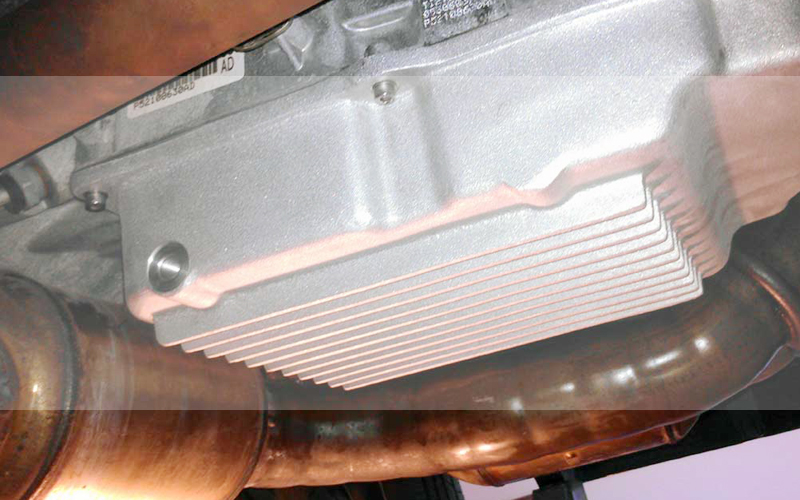
Steps of How to Drain Transmission Fluid
1. Check Transmission Fluid Level
The first step is to check whether changing the transmission fluid is at all necessary. This can be done with the help of a dipstick. It is mostly red and near the motor oil dipstick. It is labeled in most cars and has a hot and cold reading. The following observation should be made:
- If the level of fluid on the dipstick is low, but the fluid quality looks fine, then there is no need to change the transmission fluid.
- If the fluid has a different color and is sludgy, then it is better to get the transmission fluid replaced.
- If your mileage reading has been reached, it is better to change the transmission fluids anyways even though it may potentially seem clean.
- If your engine hasn’t been turned on for quite a while and you live in a cold climate, it is better to take the reading on the cold reading.
- Other signs that require transmission fluid change are rough transmission shifts, too much noise from the transmission as well as transmission slips in forward or reverse gear.
2. Warm up the Fluid
Assuming the scenario that the transmission fluid needs to be replaced with a new one, the first step would be to warm up the fluid. This can be done by either taking the vehicle for a short drive or either just letting it run for some time. This allows the transmission fluid to stir, and it is easily removable at a warm temperature.
3. Gather Essential Equipment
To get started you need equipment to open up the transmission fluid pan and clean it such as transmission oil, ramps or something to lift the car, spanner and torque wrench, a drain pan and new filter and gasket to replace the old ones.
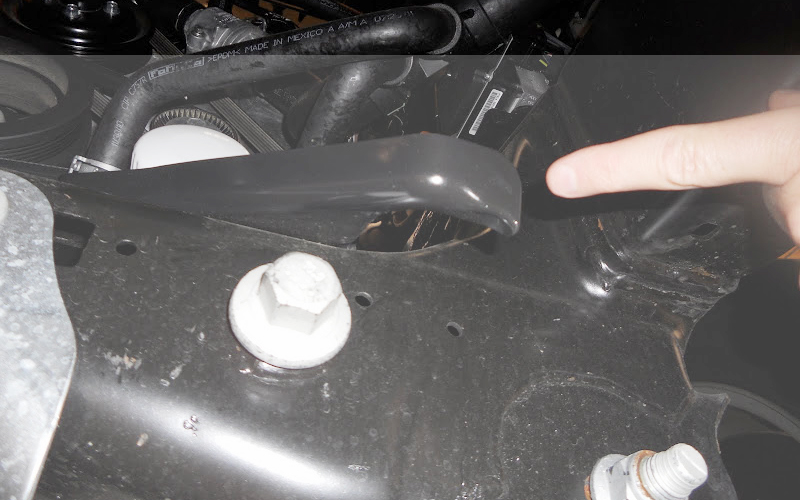
4. Raise or Lift the Car
Moving forward, it is better to lift the car so that we can easily change the transmission fluid. The transmission fluid pan is situated at the bottom side facing the ground. Hence it’s better to access if the car is lifted via ramps or jack stands. While doing so, we need to make sure the source on which the vehicle is lifted is reliable in case the car slips or rolls off.
5. Locate Transmission Fluid Pan
Locating the transmission fluid pan shouldn’t be a difficult task since it is quite apparent and visible due to its wide size. It is better to look for the drainage plug on the pan since it can help in removing the fluid.
6. Look for Leaks
The next step after discovering the transmission fluid pan is to look for leaks. Leaks may cause damage, not in the form of loss of transmission fluid but also exposure to air and water may corrode and damage the inner parts. In case there are leaks, the leaks need to be covered in case they’re small, and if the leakage is greater then it is better to change the pan. A visual inspection of the transmission can easily help detect leaks in most cases.
7. Drain the Transmission Fluid
Here comes the most important step, draining the transmission fluid. It is quite simple, and you can do it with two methods. Either locate the drain plug and remove it from where you can extract the fluid or take off the whole transmission fluid pan carefully. It is better to have a collection pan as wide as the transmission fluid pan since fluids drain around the pan. Only 50% of the fluid comes out, and the rest stays in the transmission, and a spray might be needed to drain it out.
Is an important question worth mentioning here is can changed transmission fluid be bad? And the answer is yes, which is why it is necessary to be careful with the transmission fluid since it may be hot and causes serious burns.
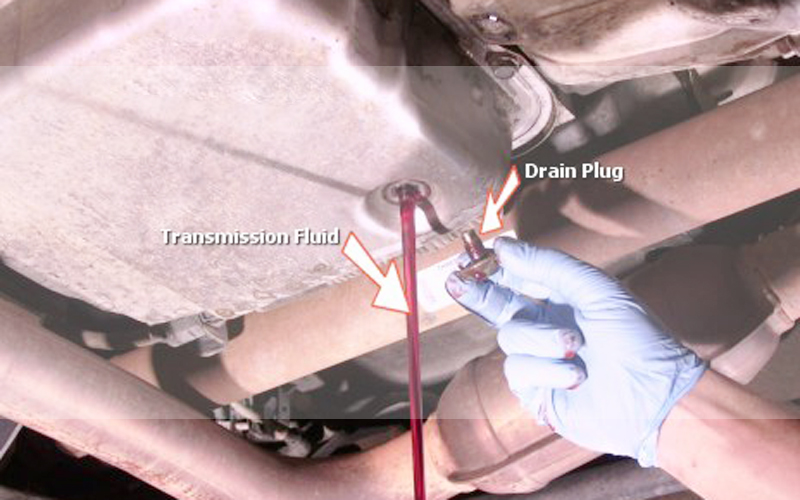
8. Examine the Fluid
After draining the fluid, you need to examine it to understand the internal condition of the transmission. Usually, small pieces of metal are normal due to the wear and tear of the vehicles and clutch material. However, large or weird-shaped objects are not normal, and in such cases, you should seek help from a professional. Moreover, the overfilled pan is an indicator that there might have been damage caused.
9. Clean the Pan
The next step is to clean the pan so that all the possible sludge and metal pieces are disposed of before putting the transmission pan back. It is preferable to use a tint-free cloth to clean the pan.
10. Replace Gasket and Filter
It is advisable to replace the gasket and filter as well; however; it is not a compulsion. In case there were signs of leakage, or the filter and gasket seem too dirty or cracked, it is a must to replace them. In case of replacing the gasket, use the manufacturer’s specified sealant to seal the pan with the rest of the body properly.
Some cars and other vehicles possess metal filters. They can be cleaned with the help of solvent and reused after they have dried. Whereas if your car has paper or cotton filters, they need to be changed every time you are going to replace the transmission fluids. Plus, if you intend to use expert opinion, it suggests replacing the plug and pan assembly and tightening them properly. Installing a new gasket helps for better hold and to avoid leakages and the filter helps to keep the transmission clean. Moreover, the filter also plays a role in reducing transmission noise.
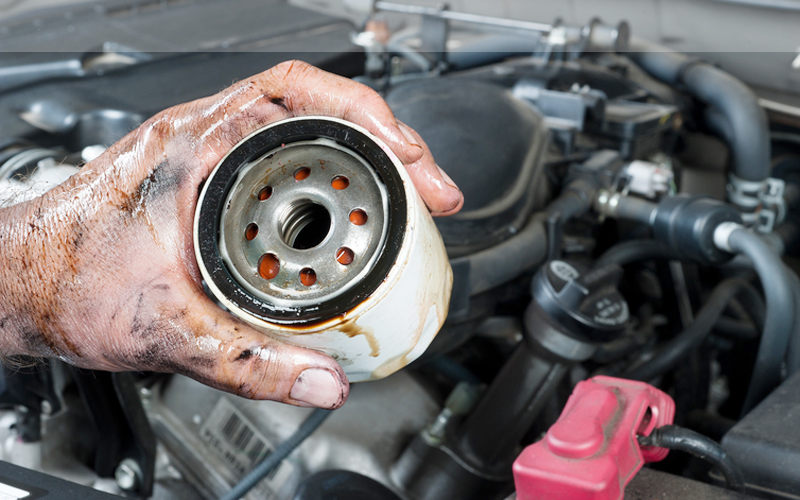
11. Fill with New Transmission Fluid
Once you have successfully drained the transmission fluid and replaced the filters and gasket, you can attach the pan and take the car off the ramp. The transmission fluids vary from vehicle to vehicle, hence make sure you add the right one according to your vehicle manual. The addition is normally done from above where the drop stick is situated. It is easier to do it with a funnel.
Read also: Reduced engine power Chevy Malibu without a mechanic
12. Check Fluid Level
While pouring the fluid, make sure you add the right amount, so the transmission doesn’t get overfilled. As mentioned earlier, it can cause serious damage to the transmission. This can be checked by reading the manual regarding the right amount and confirming it with the drop stick. Moreover, make sure the car is in the right gear for checking since some cars provide a correct reading in a neutral state and others in the park.
13. Let the Car Run
When you are finished with draining of the fluid, start the engine and let the vehicle run for 10 – 15 minutes. This is necessary since it helps to warm up the transmission fluid and spread through all parts of the transmission. If the problem is to occur concerning the transmission or the transmission fluid, you will most likely notice it within the first 10 minutes after the engine is turned on.
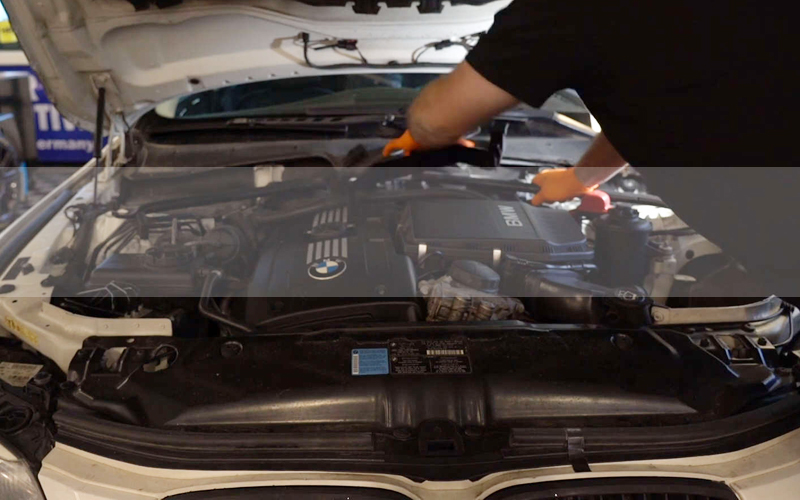
14. Safely Dispose of Old Transmission Fluid
The last yet really important step is to make sure you safely dispose of the old transmission fluid. The reason why it is so important is that it is extremely harmful to the environment and disposing of it in a water source or outdoor can cause damage to aquatic and marine life.
Moreover, while performing the process of draining the transmission fluid, make sure to wear gloves and wash your hands clean of any remaining residue. The best way to dispose of the old transmission fluid is in the auto parts stores and body shops since they have programs and mechanisms to recycle fluids. If either of these is not available in your locality, the best method would be to find a drop-off site in the area.
It is always beneficial for the durability and running time of your car or vehicle that you keep the transmission fluid level and quality in check, replace them when either the quality fades, or the mileage limit of the vehicle is completed. In this way, you can ensure the smooth running of your car and longer life span.
- 10 Best Fog Lights Review – Top Picks and Complete Guide
- 10 Best Fender Flares Review – Top Picks and Complete Guide
- 11 Best Tow Strap Review – Top Picks and Buying Guide
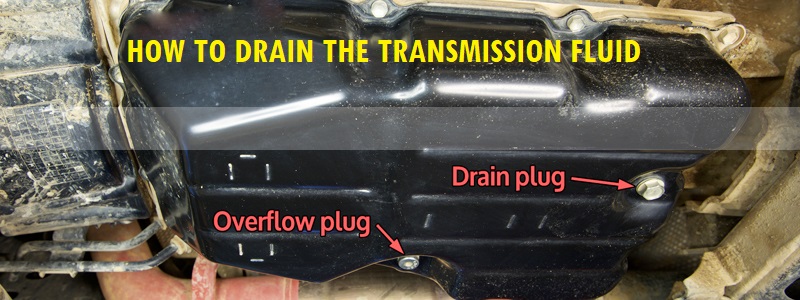

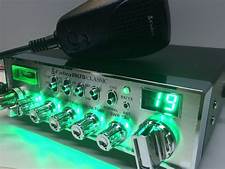



Post Comment